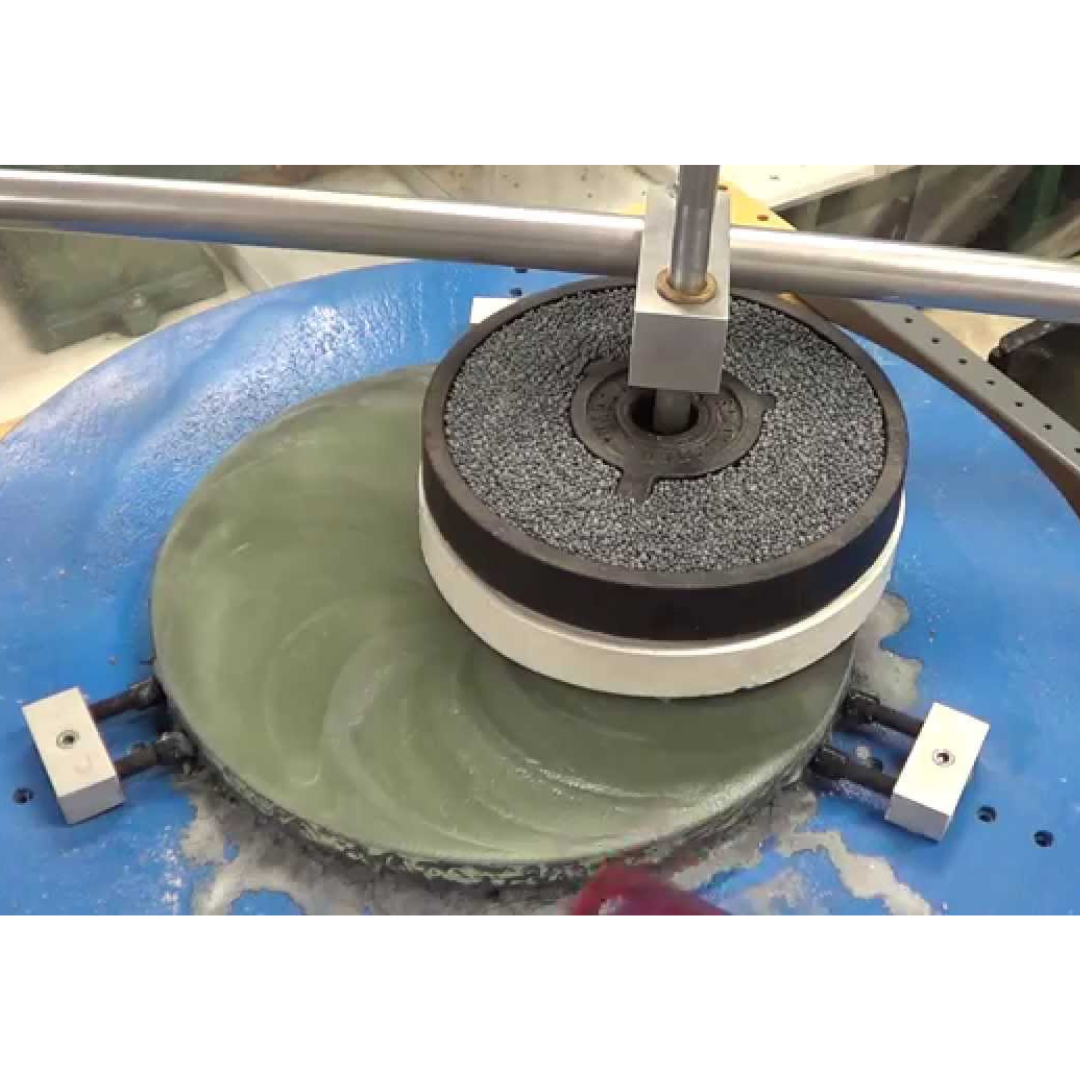Al-Samarqandī was a prominent Muslim astronomer and scholar who lived in the 12th century. He is known for his contributions to the fields of astronomy, mathematics, and optics. One of his most significant contributions was his work on mirror-making.
Al-Samarqandī wrote a treatise called "Kitāb al-Shakl al-Qattāʿ" (The Book of Forming Shapes), which includes detailed instructions on how to make a mirror. The treatise provides a step-by-step guide on how to create a polished metal surface that can reflect images.
To make a mirror, Al-Samarqandī recommended using a copper or bronze plate that is first cleaned and polished to remove any impurities. The plate is then coated with a thin layer of mercury, which forms a reflective surface when it comes into contact with the metal.
The mirror is then heated gently to evaporate any excess mercury, leaving behind a smooth, reflective surface. Al-Samarqandī notes that the process requires great care and precision, as any mistakes in the polishing or coating can result in a flawed mirror.
Al-Samarqandī's treatise on mirror-making was influential in the Muslim world and beyond. His techniques were later adopted by European scholars and craftsmen, who used them to create high-quality mirrors for scientific and artistic purposes.
Overall, Al-Samarqandī's work on mirror-making demonstrates his mastery of optics and his understanding of the properties of light and reflection. His contributions continue to be appreciated by scholars and craftsmen
In addition to his treatise on mirror-making, Al-Samarqandī also wrote extensively on optics and the properties of light. He was particularly interested in the phenomenon of reflection and its practical applications.
Al-Samarqandī understood that the quality of a mirror's reflective surface depends on its smoothness and flatness. He developed several techniques for polishing metal surfaces to achieve a high degree of smoothness, including the use of fine abrasives and polishing compounds.
Al-Samarqandī also recognized the importance of using a suitable metal for making mirrors. Copper and bronze were commonly used for this purpose, as they are relatively easy to work with and produce a reflective surface when coated with mercury. However, Al-Samarqandī also experimented with other metals, such as silver and gold, which he found could produce even higher-quality mirrors.
Al-Samarqandī's work on mirror-making had important practical applications. High-quality mirrors were used in a variety of fields, including astronomy, where they were used to observe the stars and planets. Mirrors were also used in the production of fine metalwork and decorative objects, as well as in the construction of optical instruments like telescopes and microscopes.
Overall, Al-Samarqandī's work on mirror-making was a significant contribution to the field of optics and helped to advance the development of scientific instruments and decorative arts. His techniques and insights continue to be studied and appreciated by scholars and craftsmen today.




.png)
.png)
.png)
.png)




0 Comments